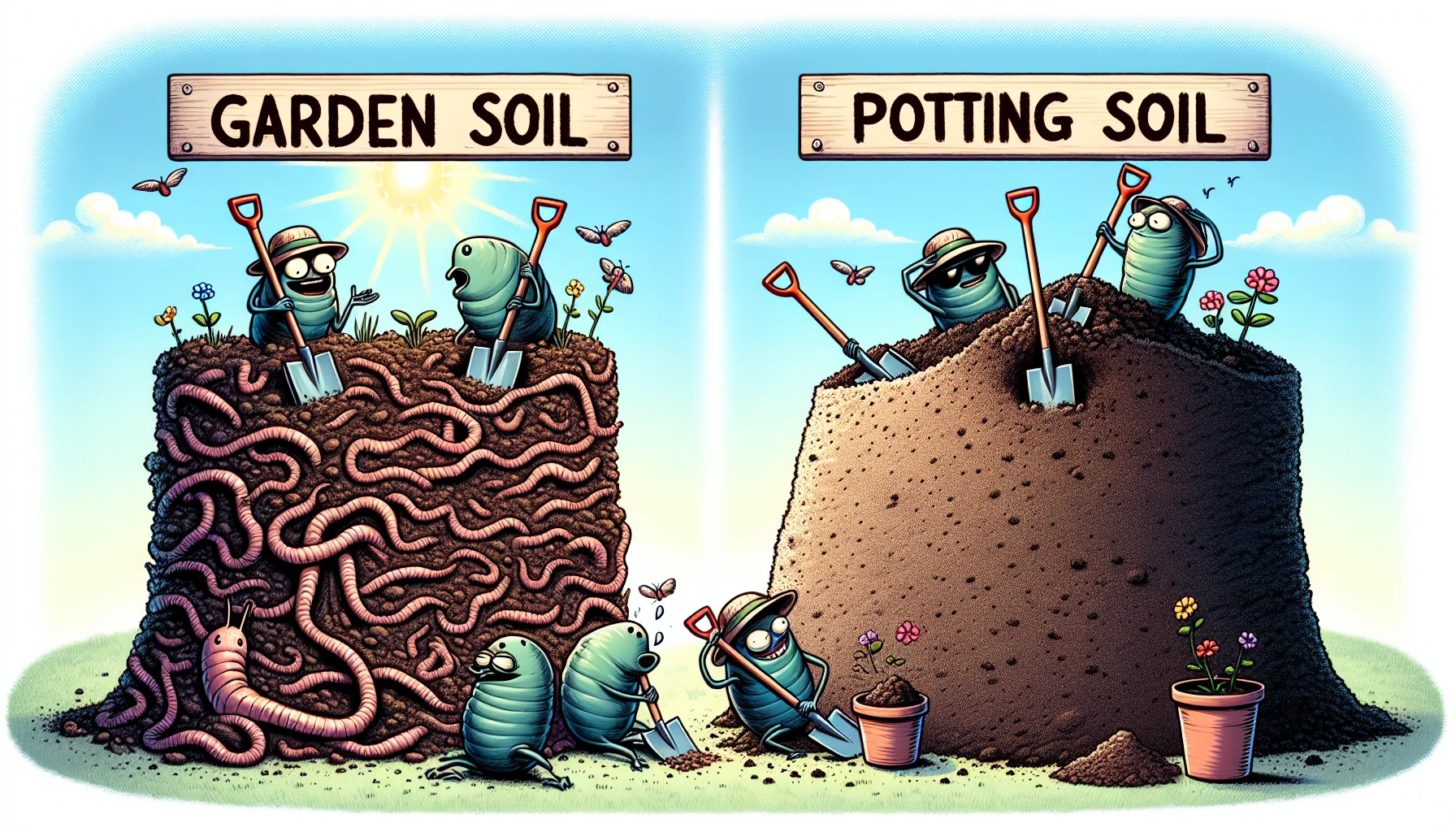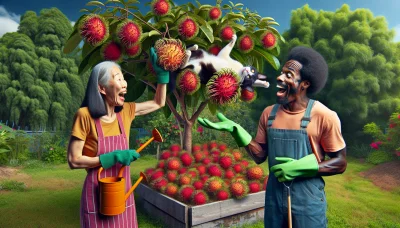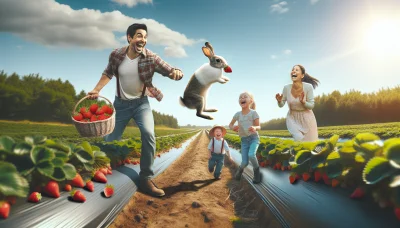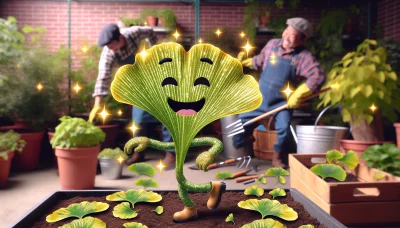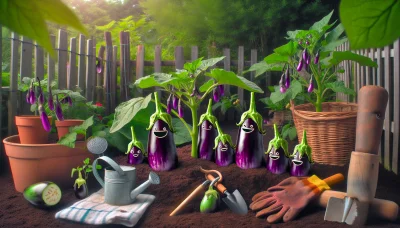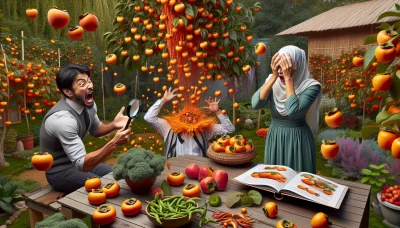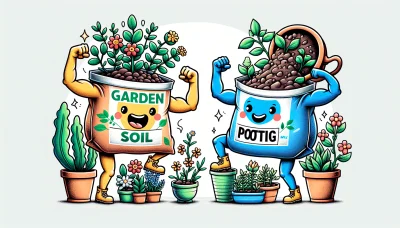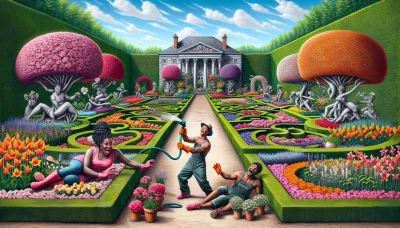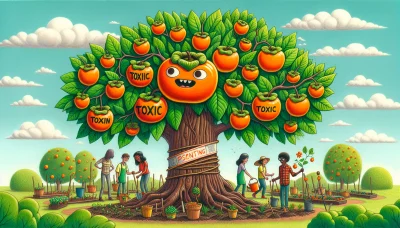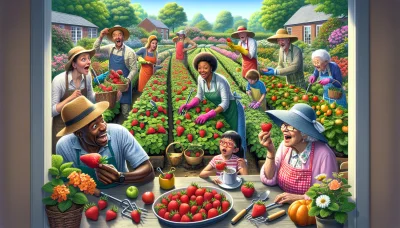Difference between garden soil and potting soil Quiz
Test Your Knowledge
Question of
Understanding the Difference Between Garden Soil and Potting Soil
Choosing the right type of soil is a crucial step in achieving gardening success. Both garden soil and potting soil serve different purposes and understanding their unique characteristics can help gardeners make informed decisions. Whether you are planting in the ground or in containers, selecting the appropriate soil type can greatly influence the health and growth of your plants.
What is Garden Soil?
Garden soil is a specially formulated blend of natural soil and organic matter designed to support the growth and health of outdoor plants. Unlike regular dirt, garden soil is enriched with compost and other nutrients to provide a fertile environment for plants to thrive. The characteristics of garden soil include good drainage, proper aeration, and the ability to retain moisture and nutrients, making it ideal for supporting a wide range of plant life. The benefits of using garden soil in outdoor gardening are numerous; it promotes strong root development, improves plant health and yield, and enhances the soil's structure, reducing erosion and improving water retention. Typical uses of garden soil include filling raised beds, amending existing garden beds, and creating a supportive base for new plantings. By choosing the right garden soil, gardeners can ensure their plants get the best start possible and enjoy a lush, vibrant garden.
What is Potting Soil?
Potting soil, also known as potting mix, is a medium specifically formulated for growing plants in containers. Unlike regular garden soil, potting soil is designed to be lightweight, well-draining, and sterile, preventing common soil-borne diseases from harming delicate plants. Its composition typically includes a mix of peat moss, compost, vermiculite or perlite, and sometimes sand, which together provide an ideal balance of moisture retention, aeration, and nutrients. One of the main advantages of using potting soil is its ability to hold moisture and nutrients near the roots of the plants while also preventing over-watering by allowing excess water to drain away quickly. This makes it perfect for container gardening, where soil conditions need to be closely controlled to ensure the health and growth of plants. Potting soil is commonly used for indoor plants, hanging baskets, window boxes, and any outdoor container gardens, offering a versatile and effective solution for a wide range of gardening projects.
Key Differences Between Garden Soil and Potting Soil
- Texture: Garden soil is denser and heavier, often containing clay or silt that can compact easily. Potting soil is lighter and more porous, designed to allow better air and water flow to plant roots.
- Nutrient Content: Potting soil is typically enriched with more nutrients compared to garden soil. It often contains a mix of peat moss, compost, and vermiculite or perlite, which are not found in garden soil.
- Intended Use: Garden soil is meant for outdoor use, directly in the ground. Potting soil is formulated for use in containers, making it ideal for indoor plants or outdoor potted plants.
Choosing the Right Soil for Your Plants
Deciding between garden soil and potting soil is crucial for the health and growth of your plants. Garden soil, being denser, is suited for outdoor gardening. It contains a mix of soil types and minerals that mimic the natural outdoor environment. On the other hand, potting soil is specifically formulated for container gardening. It's lighter, provides better drainage, and is designed to prevent soil compaction. This makes it ideal for houseplants and plants in pots where conditions need to be controlled more carefully. Consider the specific needs of your plants and whether they'll be growing in the ground or in containers before making your choice.
How to Modify Garden Soil and Potting Soil
Improving garden soil and potting soil is essential for healthy plant growth and optimal gardening results. For garden soil, start by testing the soil to understand its current condition, including pH and nutrient levels. Adding organic matter, such as compost or well-rotted manure, can significantly enhance soil structure, increase nutrient content, and improve moisture retention. For sandy soils, organic matter helps retain water and nutrients, while for clay soils, it improves drainage and aeration.
For potting soil, consider mixing in perlite or vermiculite to improve aeration and drainage, crucial for container gardening. Adding worm castings or compost can also boost the nutrient content, making the soil more fertile. Remember, the key to modifying potting soil is to achieve a balance that supports the specific needs of the plants you intend to grow, considering factors such as water retention, drainage, and nutrient requirements.
In both cases, regular assessment and amendment can help maintain the soil's health and fertility, ensuring your plants thrive in their environment. Whether you're cultivating a vegetable garden, ornamental plants, or a container garden, understanding and modifying your soil is a fundamental step towards gardening success.
Conclusion: Maximizing Plant Health and Garden Productivity
Understanding and selecting the appropriate soil for gardening is fundamental to maximizing plant health and garden productivity. The right soil not only provides essential nutrients for plant growth but also ensures proper drainage, aeration, and water retention, creating an optimal environment for plants to thrive. By carefully choosing soil that meets the specific needs of their garden, gardeners can significantly improve plant health, leading to a more vibrant and productive garden. This knowledge empowers gardeners to make informed decisions, tailoring their gardening practices to achieve the best possible outcomes for their plants and gardens.
